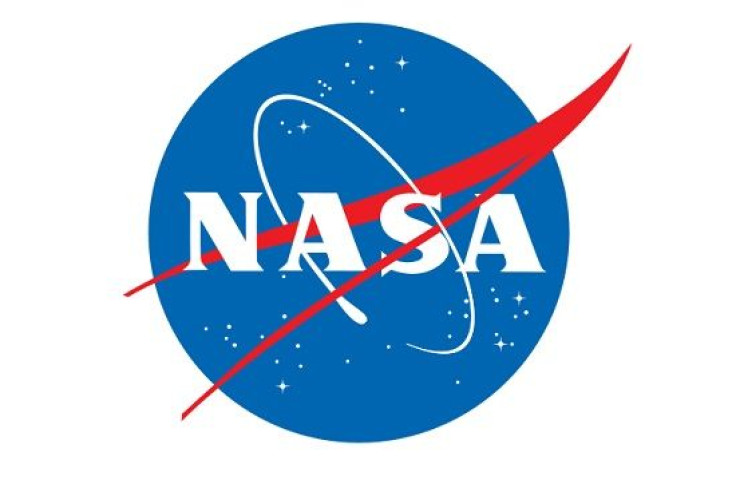NASA 2015 Budget: $17.5 Billion Proposal Focuses On Asteroids, ISS, Mars And Space Exploration

NASA has announced President Barack Obama's budget request for fiscal year 2015 and it’s slightly lower than the 2014 budget. The $17.5 billion proposal emphasizes the space agency’s plans for the future of manned missions and space exploration, the International Space Station and its asteroid initiative.
NASA's proposed budget sets aside $4.972 billion for the Science Mission Directorate that oversees 95 missions. Of that proposed budget, $1.77 will be dedicated to Earth Science missions, such as climate modeling, while $1.28 billion will be dedicated to the exploration for planets within our solar system. The James Webb Space Telescope will continue to be funded with a proposed budget of $645 million for fiscal 2015.
Part of the Science budget will be dedicated to the development of future missions including Mars Rover 2020 and OSIRIS-Rex mission that will collect samples from a near-Earth asteroid named Bennu.
The Human Exploration Operations proposal is the most expensive part of NASA's bill with a proposed budget of $7.881 billion. The bulk of that will go to the International Space Station with $3.051 billion dedicated to the space station. The space agency also announced the continued support of the ISS until 2024. NASA's new launch systems and manned exploration vehicle have a proposed budget of $2.784 billion. The Exploration Systems Development budget will go to the development of the Orion Multi-Purpose Crew Vehicle, the Space Launch System and the Exploration Ground Systems. The Orion capsule and the SLS are at the critical design review phase and NASA has scheduled the Exploration Flight Test-1 for September 2014 that will launch an unmanned Orion capsule into space.
NASA has proposed a $848 million for Commercial Spaceflight. According to NASA, the space agency is working with the Boeing Company, SpaceX and and Sierra Nevada Corporation as part of the Commercial Crew Program. NASA hopes to bring human spaceflight launches, such as ISS shuttle mission, back to the United States by 2017. Part of the Commercial Spaceflight budget will also go to ISS cargo resupply mission contracts with SpaceX and Orbital Sciences.
Space Technology had a budget request of $706 million for seven launches, including the Deep Space Atomic Clock, as well as the development technology for the Asteroid Redirect Mission. Some of the budget will also go to testing new descent and landing technology that could be used for a Mars mission.
The remainder of the proposed budget will go to Cross Agency Support and Construction and Environmental Remediation ($3.225 billion), Education ($89 million) and Aeronautics Research ($551 million).
Charles Bolden, NASA administrator, said in a statement, "This budget ensures that the United States will remain the world's leader in space exploration and scientific discovery for years to come. The budget supports the administration’s commitment that NASA be a catalyst for the growth of a vibrant American commercial space industry, and keeps us on target to launch American astronauts from right here in the USA by 2017, ending our reliance on others to get into space and freeing us up to carry out even more ambitious missions beyond low-Earth orbit."
A video, courtesy of NASA, discussing their budget and future missions can be viewed below.
© Copyright IBTimes 2024. All rights reserved.












